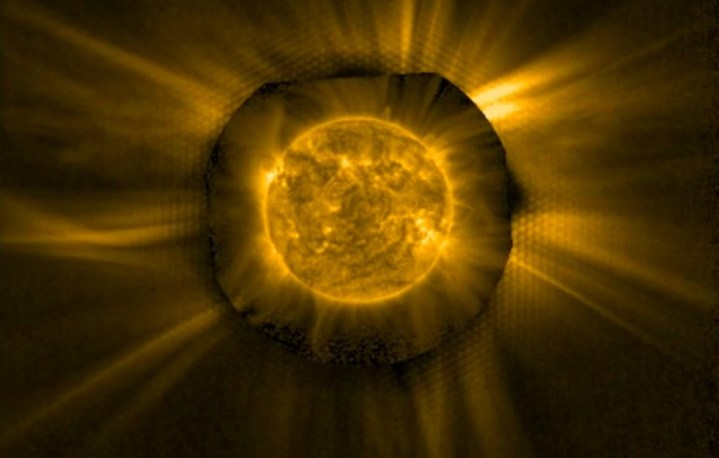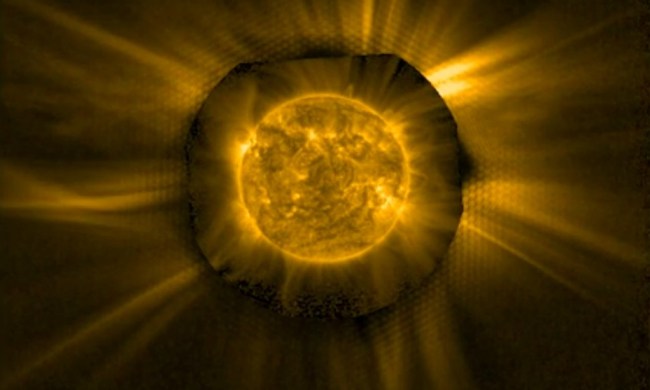The European Space Agency’s (ESA) Solar Orbiter spacecraft is performing a long series of flybys of various planets to bring it closer and closer to the sun on each pass. It will eventually come within 26 million miles to observe the sun up close, and enter in the orbit of Mercury. It will be the closet a camera has ever gotten to the sun, in order to take detailed images of the sun’s corona and its local environment.
In-between close approaches of the sun, however, the Solar Orbiter team isn’t sitting idle. Recently, members of the instrument team for the Solar Orbiter’s Extreme Ultraviolet Imager (EUI) camera have found a new way to make use of the instrument to make it more sensitive to faint extreme ultraviolet light.
The hack came about by chance, as during the construction phase of the camera, engineers made a modification to its safety door. There are a series of closable doors over the instrument that protect it during launch and while it is traveling through the solar system, and the safety door had a small extra weight added to it, called a thumb. The team realized that when the door was halfway open, this thumb would hang in front of the brightest part of the sun’s disk, allowing them to detect fainter light coming from the sun’s atmosphere.
“It was really a hack,” said a member of the EUI team, Frédéric Auchère of the Institut d’Astrophysique Spatiale, Université Paris-Sud, in a statement. “I had the idea to just do it and see if it would work. It is actually a very simple modification to the instrument.”

The team tried out its concept and found that it worked, making use of the thumb as an occulter. This turns the camera into something like a makeshift coronagraph, a special instrument that is designed to block out the brightest light from a star to see its surroundings more clearly. In the past, coronagraphs and cameras have been separate instruments, but this shows that it’s possible to have one instrument that can do both.
“We’ve shown that this works so well that you can now consider a new type of instrument that can do both imaging of the sun and the corona around it,” said Daniel Müller, ESA’s Project Scientist for Solar Orbiter.
In the video released by the scientists, the blank patch from the occulter has had an image of the sun’s disk superimposed on top of it. It allows researchers to see the details of the sun’s atmosphere, especially deep layers that would normally be impossible to observe.
“Physics is changing there, the magnetic structures are changing there, and we never really had a good look at it before. There must be some secrets in there that we can now find,” said David Berghmans, EUI principal investigator of the Royal Observatory of Belgium.



